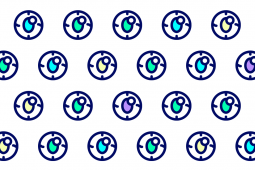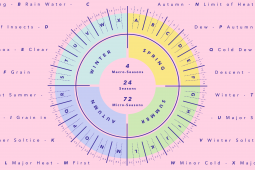Last time I wrote about what honey bees do, the number of honey bees is decreasing drastically, and what can we do?. Today is also about Honey Bees on a different side.
I think there are many things to learn from that small and lovely creature such as working hard, carrying pollen, making honey, having a social structure where role sharing is properly done… What is more surprising is that they are excellent mathematicians.
Well I have a question: What kind of shape is the most efficient if it were to spread the same shape and fill a wide plane?
Triangle? Rectangle? A pentagon creates a gap and a circle (my favorite form!) also creates gaps… How about a hexagon?
“A honeycomb structure” nest is completed as “the space that is the most space to store honey and has the least amount of beeswax”, I do not know if Honey Bees found the answer as they thought so though.
*If it is more than a heptagon, a gap will be formed. Triangles and squares can be spread without any gaps but when looking at each area one by one, the hexagon is the widest
Honeycomb is a structure with regular hexagons and regular hexagonal prisms arranged side by side without gaps. It is the shape of a bee’s nest that you often see.
It is excellent in terms of planar efficiency, but also this shape is light and sturdy. Moreover, it has also known it absorbs sound, absorbs shock, and has the effect of heat insulation. So many industrial products using this structure such as for airplanes, bullet trains, artificial satellites etc.
Large learning from small little creatures. I think we are always taught by nature.
—————
I had this discovery about the Honey Bees’s nest this time.
What do you see?
—————
It’s an easy-to-understand animation about the Honey Bees’s nest. The illustration is so lovely!

















Leave a Comment